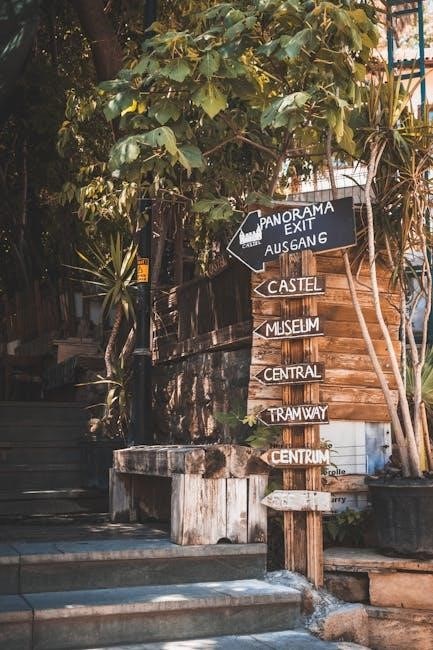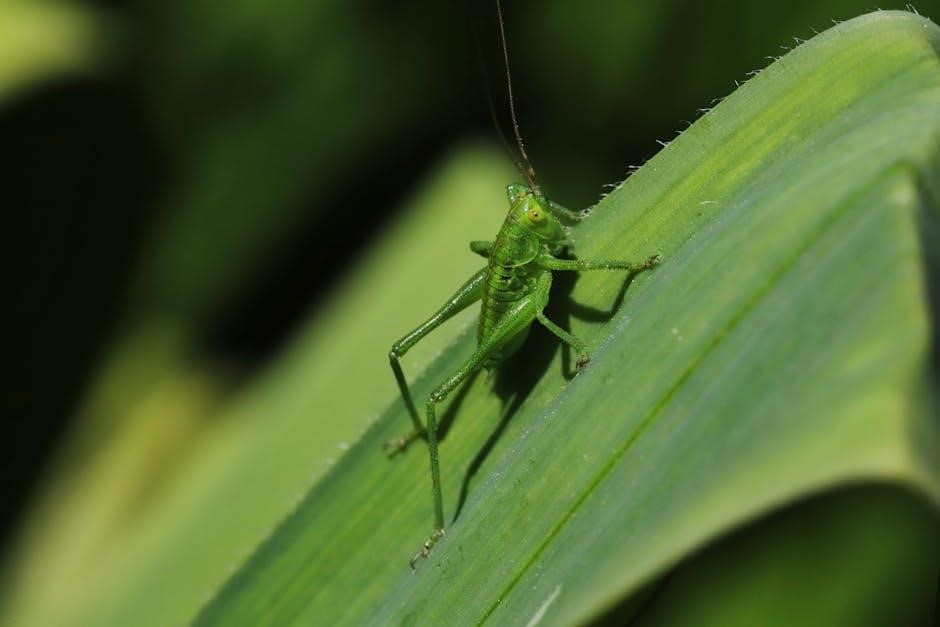planting guide for zone 7
Summary
Discover the best plants, seasonal tips, and expert advice tailored for Zone 7 gardening success. Your complete planting guide!

Zone 7’s mild winters and extended growing season allow for diverse gardening opportunities. Plant cool-season crops like spinach and radishes 4-6 weeks before the last frost date. Create a month-by-month calendar to optimize planting times and ensure a thriving garden year-round.

Understanding USDA Hardiness Zone 7
USDA Hardiness Zone 7 is one of the 11 zones designated by the United States Department of Agriculture to classify regions based on average annual extreme minimum temperatures. Zone 7 is further divided into two subzones: 7a and 7b. Zone 7a has an average annual minimum temperature range of 0°F to 5°F (-17.8°C to -15°C), while Zone 7b ranges from 5°F to 10°F (-15°C to -12.2°C). These subzones help gardeners understand the specific climate conditions in their area, which is crucial for selecting plants that can thrive locally.

Zone 7 is characterized by mild winters and hot, humid summers, making it ideal for growing a wide variety of plants. The zone’s moderate climate allows gardeners to grow both cool-season and warm-season crops, provided they are planted at the appropriate times. The growing season in Zone 7 typically lasts about eight months, with the last frost date in spring occurring around late March to mid-April and the first frost date in fall around mid-November.
Understanding your specific subzone (7a or 7b) is essential for choosing plants that are tolerant of your area’s temperature extremes. This knowledge also helps in timing planting and harvesting to maximize yields. Zone 7 gardeners can enjoy a diverse range of vegetables, flowers, and shrubs, provided they are adapted to the local climate conditions.
Planting Seasons in Zone 7
Zone 7 offers a long and versatile growing season, divided into two main planting periods: cool-season and warm-season crops. Cool-season crops thrive in the cooler temperatures of spring and fall, while warm-season crops prefer the heat of summer.
The cool-season planting begins in early spring, about 4-6 weeks before the last frost date, typically in late February or early March. Vegetables like spinach, radishes, lettuce, and broccoli can be directly sown outdoors during this time. In the fall, another cool-season planting period starts in late August or early September, allowing gardeners to grow crops like kale, carrots, and Brussels sprouts before the first frost.
Warm-season crops, such as tomatoes, peppers, and cucumbers, are planted after the last frost date, usually in late April or early May. These plants require warmer soil and air temperatures to germinate and grow successfully. Additionally, some warm-season crops can be started indoors 4-6 weeks before the last frost date and then transplanted outdoors when the weather warms up.
Understanding these planting seasons allows gardeners in Zone 7 to maximize their growing potential and enjoy a continuous harvest throughout the year. Proper timing ensures that plants are not exposed to extreme temperatures that could hinder their growth or lead to crop failure. By aligning planting schedules with the appropriate seasons, gardeners can achieve optimal results and a bountiful garden.
Key Frost Dates for Zone 7
Understanding frost dates is crucial for successful gardening in Zone 7. The last frost date in spring typically occurs between late March and mid-April, while the first frost date in fall is usually around mid-November. These dates mark the transition points between the growing seasons and are essential for timing plantings correctly;
In Zone 7, the last frost date signals when it’s safe to plant warm-season crops like tomatoes, peppers, and zinnias outdoors. Conversely, the first frost date in fall indicates when the growing season for tender plants will end, requiring gardeners to harvest or protect sensitive crops.
Local variations, such as elevation, microclimates, and soil conditions, can influence frost dates by up to two weeks. For example, gardeners in lower-lying areas may experience frost earlier than those in higher elevations. It’s important to consult local weather reports or frost maps to get precise dates for your specific area.
To maximize the growing season, gardeners in Zone 7 can start seeds indoors 4-6 weeks before the last frost date for a head start on warm-season crops. Similarly, cool-season crops like kale and spinach can be planted in late summer or early fall, about 8 weeks before the first frost date. By aligning planting schedules with these key frost dates, gardeners can ensure optimal growth and productivity throughout the year.
Month-by-Month Planting Calendar
A well-organized planting calendar is essential for gardeners in Zone 7 to make the most of its long growing season. Here’s a breakdown of key planting tasks and crop suggestions for each month:
January and February: These are ideal months for planning and preparing the garden. Start seeds indoors for cool-season crops like spinach, kale, and broccoli. In late February, plant potatoes and onions directly in the ground.
March: As the weather warms, focus on planting cool-season crops such as lettuce, radishes, and carrots. Begin seedlings for warm-season crops like tomatoes and peppers indoors.
April: After the last frost, transition to warm-season planting. Directly sow beans, corn, and squash. Transplant tomatoes, peppers, and eggplants outdoors.

May: Continue planting warm-season crops like cucumbers, zinnias, and sunflowers. Side-dress existing plants with compost or fertilizer.
June and July: These months are peak growing times. Focus on maintaining plants, watering, and controlling pests. Sow heat-tolerant crops like okra and southern peas.
August: Start transitioning to fall crops. Plant seeds for broccoli, cauliflower, and Brussels sprouts. Directly sow carrots and beets.
September and October: Focus on cool-season crops like spinach, lettuce, and kale. Plant garlic and shallots in late fall for a spring harvest.

November and December: Clean up the garden, compost debris, and plan for the next growing season.
By following this calendar, gardeners in Zone 7 can enjoy a continuous harvest of fresh produce throughout the year.
Advanced Gardening Techniques for Zone 7
To maximize yields and adapt to Zone 7’s unique climate, gardeners can employ several advanced techniques. Succession planting is highly effective, allowing multiple harvests by replanting crops like lettuce, radishes, and beans every 1-2 weeks. Companion planting can also enhance growth and deter pests, with pairings like tomatoes and basil or marigolds and carrots.
Crop rotation is essential to maintain soil health and prevent disease buildup. Rotate vegetable families (e.g., Brassicas, Solanaceae) to different beds annually. For Zone 7’s warm summers, using drip irrigation or soaker hoses ensures efficient water delivery while reducing evaporation.
To extend the growing season, consider using cold frames or row covers. These protect cool-season crops from frost and pests, allowing earlier spring planting and later fall harvests. Incorporating organic matter like compost or well-rotted manure improves soil fertility and drainage, benefiting both plants and microorganisms.
Finally, mulching is a simple yet powerful technique to retain moisture, suppress weeds, and regulate soil temperature. Apply a 2-3 inch layer of organic mulch around plants, keeping it a few inches away from stems to avoid rot. By combining these advanced methods, Zone 7 gardeners can create resilient, productive, and sustainable gardens tailored to their climate.
Common Mistakes to Avoid in Zone 7
Gardening in Zone 7 offers many rewards, but it also presents challenges that can lead to common mistakes. One of the most frequent errors is planting warm-season crops too early, before the soil has warmed sufficiently. This can lead to poor germination and stunted growth. Another mistake is not accounting for microclimates, as local variations in temperature and moisture can significantly impact plant performance.
Overlooking the importance of soil preparation is another pitfall. Zone 7 gardeners often neglect to test their soil pH and nutrient levels, which can result in suboptimal growing conditions. Additionally, inadequate watering techniques, such as overhead watering that promotes evaporation and fungal diseases, can harm plants.
Ignoring frost dates is a critical error. Planting tender seedlings before the last frost date can lead to damage or complete loss. Conversely, failing to protect cool-season crops from heat stress can shorten their productive period. Lastly, many gardeners in Zone 7 underestimate the need for pest and disease management, allowing infestations to spiral out of control. By being mindful of these common mistakes, gardeners can take proactive steps to ensure a thriving and resilient garden.
Local Climate Variations in Zone 7
While USDA Zone 7 provides a general framework for gardening, local climate variations play a significant role in shaping planting strategies. Microclimates, topography, and proximity to large bodies of water can create diverse conditions within the same zone. For example, gardeners in Zone 7a may experience slightly colder winters compared to those in Zone 7b, with average annual minimum temperatures ranging from 0°F to 5°F (-17.8°C to -15°C) in Zone 7a and 5°F to 10°F (-15°C to -12.2°C) in Zone 7b.

Elevation also influences local climate conditions, with higher elevations often experiencing cooler temperatures and shorter growing seasons. Coastal areas in Zone 7 may benefit from maritime influences, which moderate extreme temperature fluctuations and extend the growing season. Conversely, inland regions can face more extreme heat during summer months.
Urban gardeners in Zone 7 should consider the “heat island effect,” where cities tend to be warmer than surrounding rural areas. This can push the last frost date later and the first frost date earlier, shortening the growing season for sensitive plants. Understanding these local variations is crucial for tailoring planting schedules and selecting appropriate plant varieties. By observing specific microclimates and adapting strategies, gardeners can maximize their success in Zone 7.
Additional Resources for Zone 7 Gardeners
To enhance your gardening success in Zone 7, explore these valuable resources tailored to your specific needs. The Vegetable Gardening News offers a comprehensive vegetable planting calendar, detailing optimal times for sowing seeds and transplanting. Additionally, the Kellogg Garden Zone Planting Charts provide detailed guides for sowing, planting, and harvesting individual vegetables by hardiness zone.

For a deeper understanding of local conditions, consult the USDA Plant Hardiness Zone Map, which outlines temperature ranges and microclimates. The Homestead and Chill blog features a month-by-month planting calendar specifically for Zone 7, covering a wide variety of crops.
Local nurseries and gardening clubs are also excellent sources of region-specific advice. Joining online forums or social media groups dedicated to Zone 7 gardening can connect you with experienced growers who share tips and solutions. These resources empower gardeners to make informed decisions, adapt to local climate variations, and achieve a thriving garden in Zone 7.